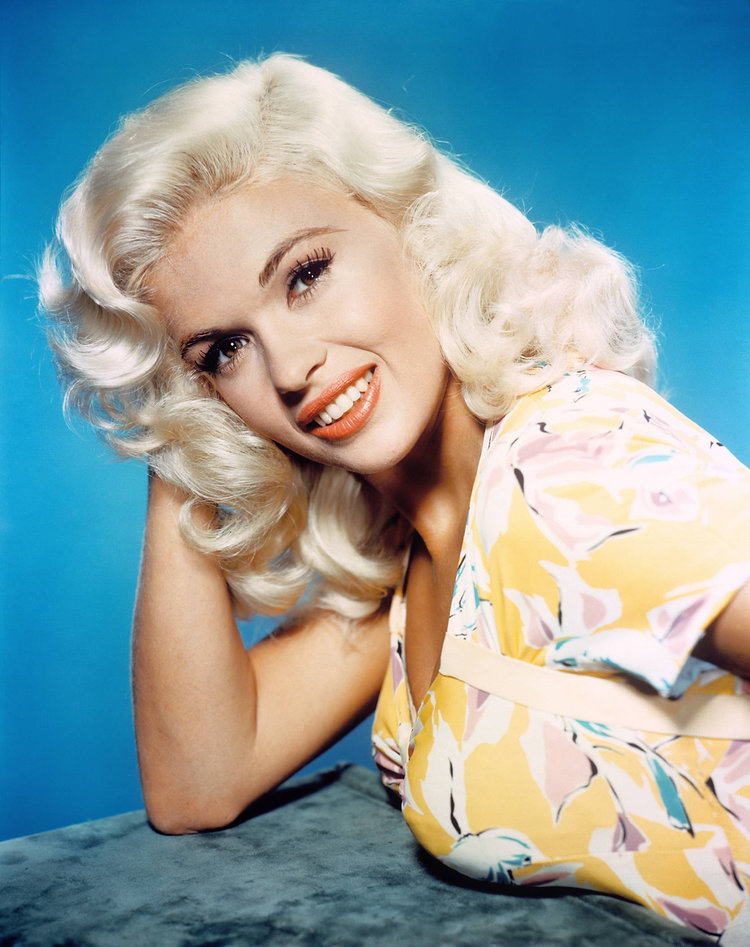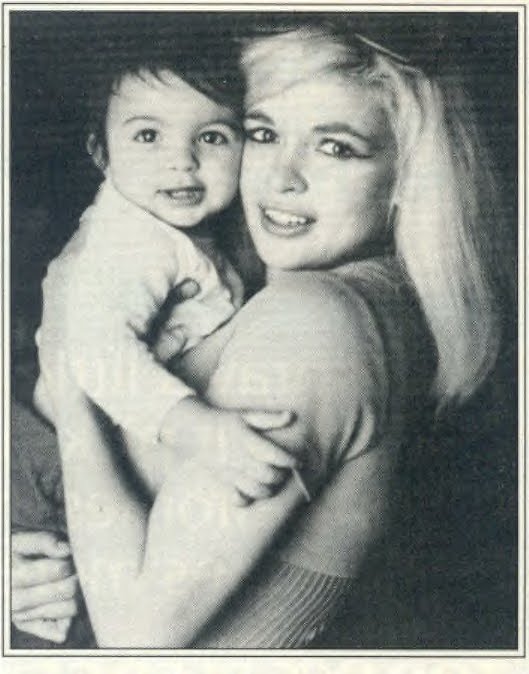The Black Marilyn Monroe
Dorothy Dandridge

Her beauty was indeed phenomenal. She was called “the black Marilyn Monroe” and had flawless, radiant skin the black press
referred to as “honey”
and “cafe au lait.”
And there was the certain way she took ownership of a room, with a
reverberating, confident laugh and fierce, dazzling eyes. But being a black
actor in the 1950s meant playing savages, slaves, and mamies — debasing roles that Dandridge refused on
principle. In the films where she did get to play a a non-servant, non-exotic,
non-savage, she was not allowed to do more than kiss, as the idea of a black
woman in love was altogether too dangerous for the screen. “If I were white,”
Dandridge explained, “I would capture
the world.”
Dandridge was born in 1922 to Ruby Dandridge, a performer and
aspiring actress. Ruby had left Dorothy’s
father five months before, taking her other daughter, Vivian, with her. Both
girls showed some sort of aptitude for performance — or maybe that aptitude was drilled
into them — and one of Ruby’s
friends, a woman named Geneva, moved in to help refine their singing and
dancing skills. Years later, Dorothy and Vivian would figure out that Geneva
 The girls became an act — “The
Wonder Children” — and earned a spot
with the National Baptist Convention touring churches throughout the South.
This went on for three years, which sounds like a whole lot of churching, but
Dorothy and Vivian no longer looked exactly like “children.” They added another girl, Etta Jones,
to the act and became “The Dandridge
Sisters,” touring all over
The girls became an act — “The
Wonder Children” — and earned a spot
with the National Baptist Convention touring churches throughout the South.
This went on for three years, which sounds like a whole lot of churching, but
Dorothy and Vivian no longer looked exactly like “children.” They added another girl, Etta Jones,
to the act and became “The Dandridge
Sisters,” touring all over  Dorothy resumes her romance and lands a bit part in the race
film Four Shall Die. (“Race” films, like “race” music, meant “black art for black people.”) She earned a very small part “opposite”
(read: in the same movie as) John Wayne, and, most entertainingly, got to
sing and dance with her boyfriend and his brother in a rendition of “Chattanooga Choo Choo” in Sun Valley Serenade.
Dorothy resumes her romance and lands a bit part in the race
film Four Shall Die. (“Race” films, like “race” music, meant “black art for black people.”) She earned a very small part “opposite”
(read: in the same movie as) John Wayne, and, most entertainingly, got to
sing and dance with her boyfriend and his brother in a rendition of “Chattanooga Choo Choo” in Sun Valley Serenade.
Upon his return, the door was still chained. He went to his
car and got the tire iron out, and used it to break the chain. He went
inside and searched the apartment, calling out for her. He got to the
bathroom and found Dorothy lying on the floor. She was wearing a blue scarf on
her head, a bit of makeup, and nothing else. He touched her face, and knew she
was dead. He called her physician and an ambulance. She was 42 years old.
Dorothy's body was taken to the coroner's office for an autopsy, and later she was embalmed at the Angelus Funeral Home at 3875 Crenshaw, and dressed in a cream-colored lace gown with a matching scarf. She was put into a polished walnut casket, which remained closed.
Her final journey was to Forest Lawn, Glendale, for cremation and interment. There was a service in the Little Church of the Flowers, attended by Pearl Bailey, Sammy Davis Jr., James Mason, and Sidney Poitier. Pallbearers were Byron Morrow, Joel Fluellen, Harold Jovien, J. Kennedy Lightfoot, Leo Branton, Ben Irwin, Terry Hunt, Sleazy Peter Lawford and Slappy White. Quite a list. I wonder how it was organized.
Icky Peter Lawford (he and Dorothy were close friends) was supposed to speak, but was too overcome by emotion. The service lasted only fifteen minutes. Afterward, she was cremated and stuck in a wall in the Freedom Mausoleum.
 On September 10th, UPI reported that the autopsy revealed that she had died because of a blood clot caused by a fractured toe. Yes. "Dorothy Dandridge died because bone marrow particles had entered her blood stream and reached her brain and lungs." In November, the L.A. County Medical Examiner announced, "Dorothy Dandridge died as a result of an overdose of drugs used to treat psychiatric depression." Acute ingestion of Tofranil, the anti-depressant, killed her.
On September 10th, UPI reported that the autopsy revealed that she had died because of a blood clot caused by a fractured toe. Yes. "Dorothy Dandridge died because bone marrow particles had entered her blood stream and reached her brain and lungs." In November, the L.A. County Medical Examiner announced, "Dorothy Dandridge died as a result of an overdose of drugs used to treat psychiatric depression." Acute ingestion of Tofranil, the anti-depressant, killed her.Dorothy's estate consisted of $4,000 worth of furniture and $2.14 in her bank account. That is not an error. Two dollars and fourteen cents. How terribly, terribly sad. On the other hand, she used up all her money. Good for her.
Trivia: She was the first black woman ever to be nominated for best actress, for her role in Carmen Jones. The ironic bit is that her singing voice was dubbed in the flick.
If you were beautiful, and could act and sing, it was probably a good idea not to become friends with Peter Lawford
I am sure that she got her money when she faked her death and got all the money from dying


















